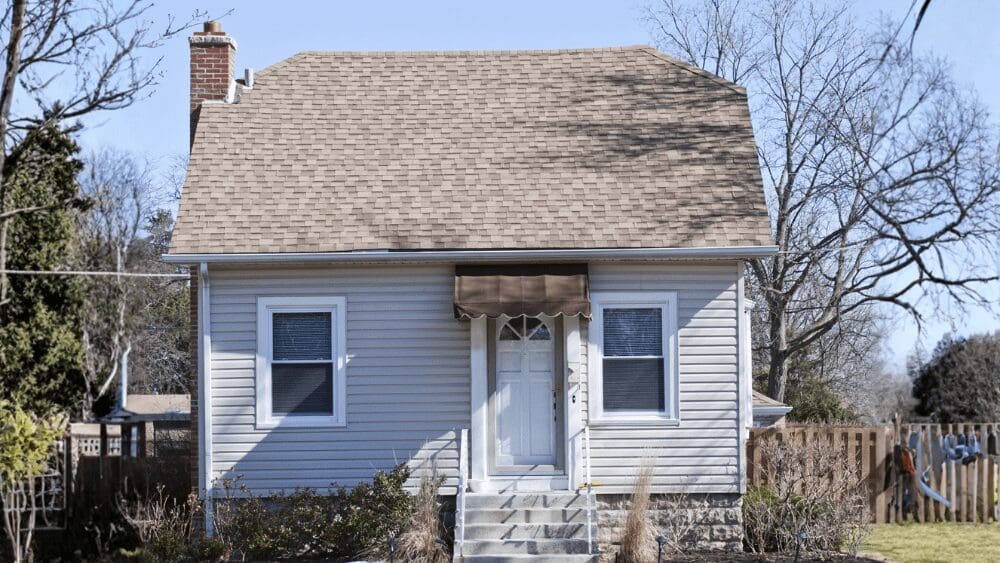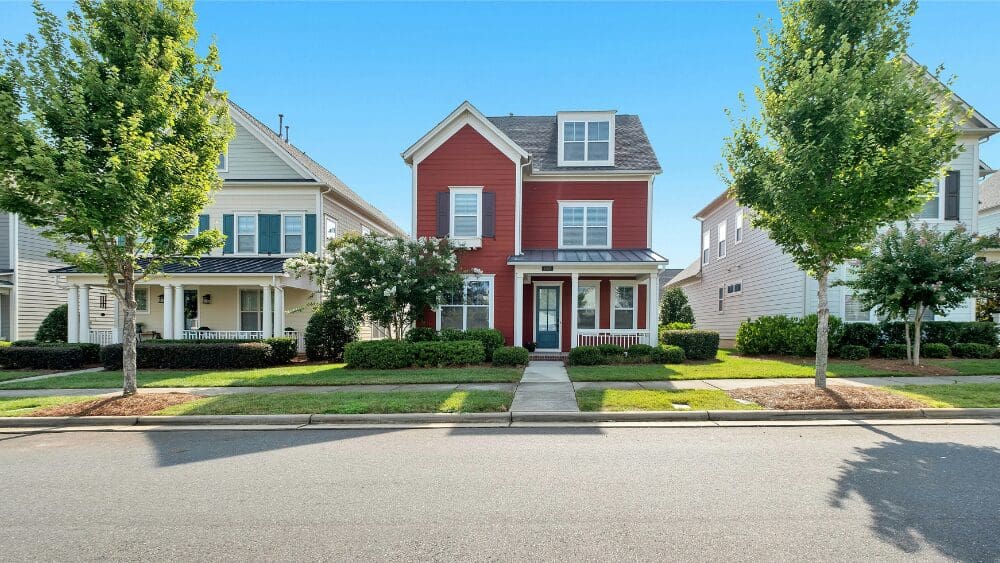
You know your Kansas home better than anyone, warts and all. If you’re planning to sell, you may be wondering how much you need to disclose to sellers, and if Kansas even has a seller disclosure form. This is typically known as the Seller’s Disclosure and Condition of Property Addendum, although the exact title may vary, as Kansas doesn’t have a single, standardized state-mandated disclosure form. However, sellers are still required to disclose all known material defects in a property, as well as its general condition. As such, many realtor associations in Kansas have created disclosure forms specifically for this purpose. These forms provide potential buyers with a clearer picture of your property’s condition and history, enabling them to make a more informed decision. Additionally, these forms can also protect you, the seller, from any potential legal issues that could arise from failing to disclose a known defect. In this post, we’ll tell you what to expect, how much detail to provide, and what could go wrong if you leave something out. We’ll also provide a downloadable Disclosure Litmus Test to help you identify any red flags.
This Kansas seller disclosure form, or Seller’s Disclosure and Condition of Property Addendum, is one example of a document developed by the Kansas City Regional Association of Realtors. It’s designed to help you disclose any known issues or facts about your home that could impact its value or a buyer’s decision to proceed with the purchase. Kansas law requires sellers to disclose all material facts — in other words, anything that could impact the buyer’s use or enjoyment of the property. The Seller’s Disclosure and Condition of Property Addendum acts as a guide to help you do this thoroughly. It covers everything from structural issues and past repairs to neighborhood conditions and HOA rules.What is the Kansas seller disclosure form?



